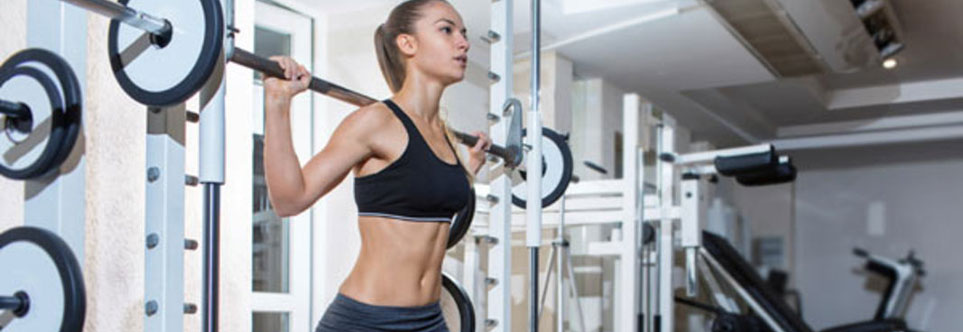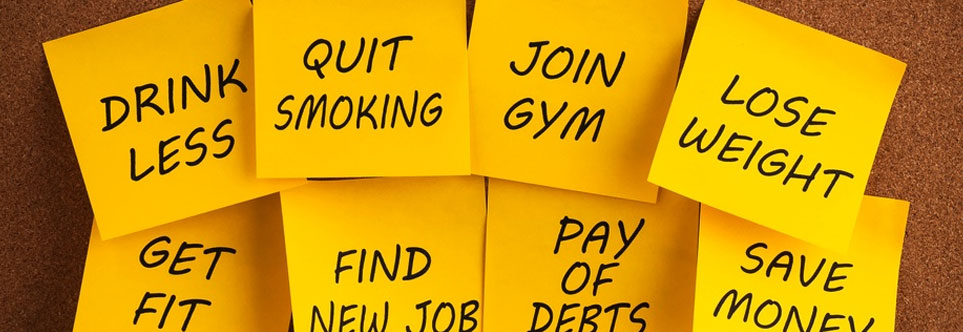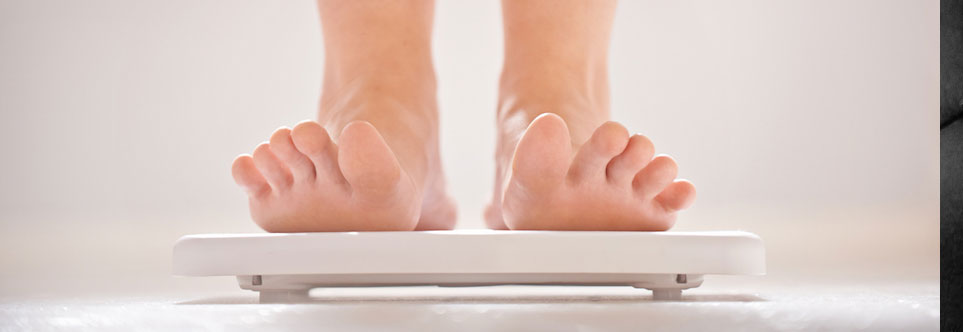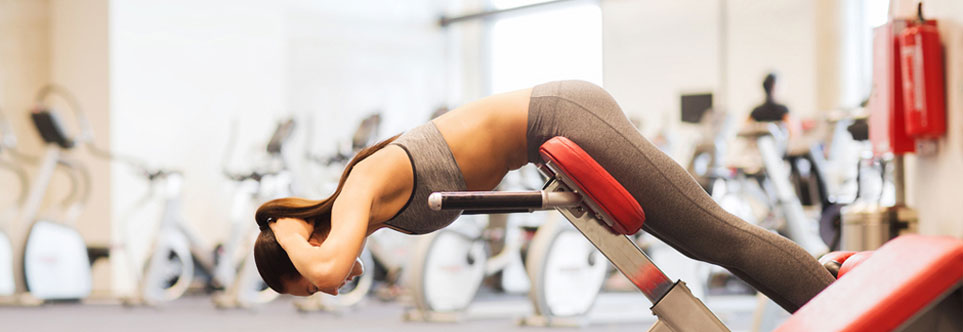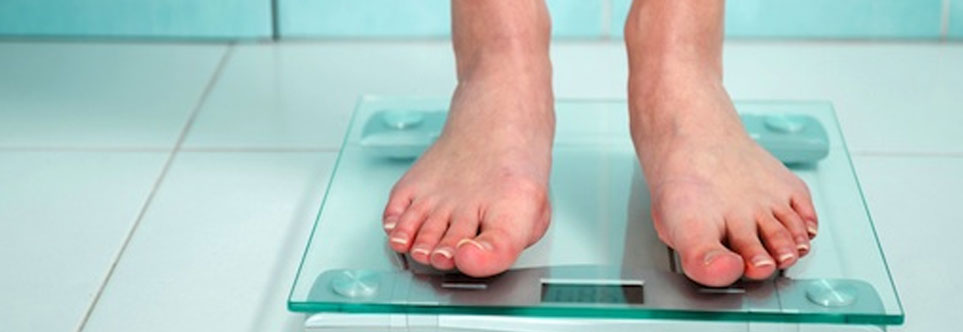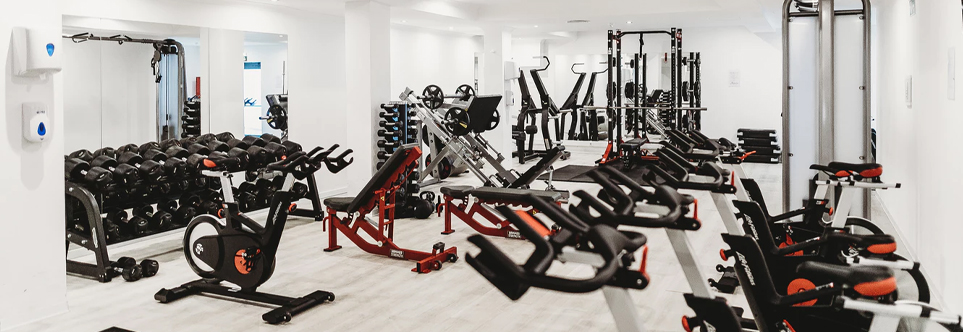HOW TO EFFECTIVELY BUILD MUSCLE IN WOMEN
Now that you know why building muscle is critical, it’s important to understand how to do it effectively. Women may find it more challenging to build muscle than men due to genetics and hormones. Some women may need to focus on decreasing body fat in addition to building muscle, in order to achieve visible muscles. More weight, less cardio Cardiovascular exercise is an important aspect of fitness that shouldn’t be skipped, because it promotes heart health and burns fat. But it’s better at shedding fat than increasing muscle density. That’s where free weights
THE BENEFITS OF MUSCLE FOR WOMEN
If you’re a woman who exercises, the fear of “bulking up” may have crossed your mind once or twice. Many women find themselves afraid to put on muscle so they shy away from lifting heavy weights or avoid strength training altogether. Regardless of what your fitness goals are, muscle can help you get there. In fact, by the time you finish reading this article, I guarantee that you’ll actually want to put on muscle! Here are the many reasons why: Increased strength The most obvious outcome of building muscle is increased strength. It not
THE MOST COMMON (AND ANNOYING) RUNNING INJURIES
If you love running, you know it can be a great way to burn calories, release feel-good endorphins, and get rid of some stress. There are few modes of exercise that truly allow you to zone out and let your mind wander like running does. Unfortunately, running can also come with nagging injuries that can keep you sidelined and unable to perform your normal workouts and activities. There are several measures runners can take to prevent injury, however, no one is immune to injury when it comes to running. Let’s look at
5 TIPS FOR MAKING A NEW YEAR’S RESOLUTION YOU CAN ACTUALLY KEEP
For many, the New Year means a fresh start, a new beginning, a clean slate. It also means a new resolve to finally (finally!) lose some weight. The sober truth is that while many will vow to take better care of their bodies, the vast majority will fail miserably within the first 60 days. Now for the good news: You don’t have to be one of those people who fail. No, really. Keep reading, because I’m about to give you five simple rules for making (and keeping) your New Year’s lose
NO MORE GIMMICKS: 10 STEPS TO LOSING BELLY FAT FOR GOOD
There aren’t many people who don’t want a slimmer waistline or six pack abs. Problem is, that kind of midsection is really hard to achieve. Hard—but not impossible. The good news is, you don’t need to do thousands of sit-ups, take tons of supplements, starve yourself, or undergo drastic surgery to tone and tighten your waistline. Here are 10 simple rules we share with our clients to help them win the belly-fat battle—once and for all. 1. Stop Doing 500 Crunches a Day Doing tons of crunches (and other ab exercises) will build muscle in the abdominals,
5 QUICK TIPS TO AVOID THANKSGIVING WEIGHT GAIN
Thanksgiving is almost here! For food lovers, this is hands-down the greatest holiday of them all. But for those who struggle with their weight, it can be the most dreaded day of the year. Between the constant snacking during the football game, giant dinner with endless sides, and wide array of desserts that seem to call your name, Thanksgiving can be a seriously calorie-dense day. The good news is, with a little preparation, you can enjoy Thanksgiving—and all the yummy food that goes with it—with much less guilt. Keep reading for five easy-to-follow
WHY SHOULD I WORK OUT IF I’M NOT OVERWEIGHT?
I’m sure you’re well aware by now that 70 percent of adults in the U.S. are overweight. But have you ever thought about the flip side of that statistic? It implies that around 30 percent of U.S. adults are able to maintain a healthy weight despite the abundance of calorie-dense foods and an increasingly sedentary lifestyle. In a 2010 poll, only about half of normal-weight adults reported exercising three times per week. This raises a good question: If you’re already at a healthy weight, why should you exercise? I’ll tell you why—keep reading. Exercise
WHY YOU SHOULDN’T OBSESS OVER THE NUMBER ON THE SCALE
Everybody has a morning ritual. Some wake up and have their coffee as they listen to the birds sing. Others turn on the news as they iron their clothes. But those who struggle with their weight tend to have the same old routine: You wake up, go to the bathroom, get on the scale. Does this sound like you? “Oh no, I actually GAINED weight!” you think to yourself. “This can’t be right, let me try again.” So you step off the scale and try again only to see the same result.
YOUR NEW FAVORITE WEIGHT LOSS TRICK: EAT MORE, NOT LESS
If you’re reading this post, I’m going to guess it means you’re trying—trying your best to lose weight and get into the best shape possible. Problem is, it’s just not working out for you, right? For some, not being able to lose weight means they’re not working out enough or they’re eating way too much junk food. But you’re different: You eat the right things, you work out every day, and you’re definitely not overeating. So what gives? Get this: The key to losing weight is not to work out more, not to eat better and not to eat
THE DANGERS OF HIGH INTENSITY WORKOUTS
Intense exercise programs like P90X, CrossFit and Insanity are some of the hottest workouts in fitness right now. Many are drawn to the challenging, mega-calorie-burning sweat sessions that leave their muscles sore and deliver fast results, and the supportive community keeps them coming back for more. But as enjoyable—and perhaps addictive—as high-intensity, out-of-the-box workouts may be, they can also be dangerous, especially for beginners or those with a history of injury. Here’s why. HIGH-INTENSITY WORKOUTS CAN CAUSE KIDNEY DAMAGE Rhabdomyolysis, the breakdown of muscle fibers and release of their toxic protein byproduct into the
